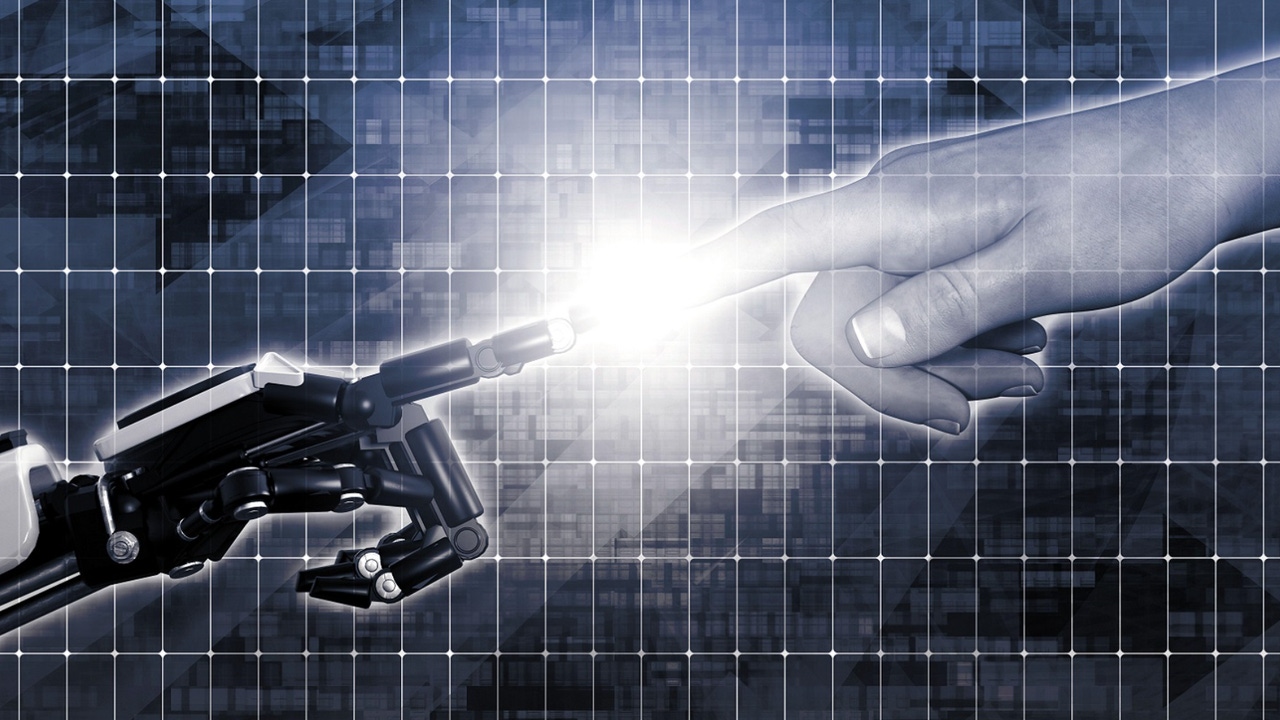Employees Beginning to See Benefits of AI Autonomy in the WorkplaceEmployees Beginning to See Benefits of AI Autonomy in the Workplace
Workers are now comfortable delegating nearly half of their tasks to AI and expect to trust AI even more to operate autonomously in the future, a Salesforce survey reveals.
July 3, 2024

Employees now trust AI to handle nearly half of their tasks, including writing code, uncovering data insights, and drafting communications, though they still prefer humans for onboarding, training, and data security.
According to a Salesforce survey of nearly 6,000 people, more than three-quarters (77%) of respondents said they would "eventually" trust AI to operate autonomously, although just 10% said they were ready to trust autonomous AI today.
Around two-thirds (63%) of respondents said they believe more human involvement would increase their trust in AI, while 62% said that more training opportunities would do the same.
Workers knowledgeable about AI implementation and governance were five times more likely to trust AI to operate autonomously within the next two years.
Paula Goldman, chief ethical and humane use officer at Salesforce, said in addition to the excitement around AI, workers are really starting to see its benefits.
"Workers are already trusting almost half of their work tasks to AI — and they’re starting to see a future where AI will transform the way they work for the better," she said.
While Goldman acknowledged there are still "trust gaps" to bridge, the survey results offer a roadmap for leaders in terms of where investment must take place.
"It’s clear that human engagement is key, as well as investments in guardrails, guidance, and training," Goldman said.

A recent Oliver Wyman Forum study of 25,000 participants across 16 countries in fact found although 96% of workers express optimism about the potential benefits of generative AI (GenAI) in their jobs, use of the technology so far hasn't translated into meaningful efficiency gains.
Ana Kreacic, COO of the Oliver Wyman Forum, said effective workplace strategies require communication, collaboration, and critical thinking.
"Managers and senior executives should ensure that training is tailored to employees' job responsibilities and the specific use cases that generative AI will be deployed in," she explained.
However, without employee input, that redesign of work augmented by technology can't happen so employers have to engage the employees and not only lead with the technology.
Collaboration Between AI, Humans
It’ important that leaders give workers space to experiment with AI and create opportunities for them to share feedback — whether it be applications or implementation recommendations, Goldman said.
"By making workers part of the process, we can bridge trust gaps and ensure more successful implementation of AI," she said.
A key element of AI integration is an organization's ability to effectively balance AI-human collaboration to maximize efficiency and maintain trust.
"One thing we’re really excited about is the potential of AI-human design," Goldman said. "When AI systems are designed thoughtfully, we can bring the best of human and machine intelligence together for the AI era."
Raghav Gurumani, CTO of Zuper, explained that AI and GenAI are increasingly being integrated into the software and technology that both front- and back-office workers, as well as field workers, are using for operations and customer service.
"CIOs, security leaders, and IT managers need to be involved in understanding how and when AI is being used — especially for customer-facing touch points," he said.
Gurumani agreed that training is critical, noting it's important for leaders to bring workers into AI planning and integration meetings early on.
"They will be the ones using the software and technology on the front line," he said.
Establishing Strategies, Auditing AI
Pramad Jandhyala, co-founder of LatentView Analytics, said business and IT leaders are realizing AI adoption needs to be driven by the organizational strategy and not the other way around.
"By building outcome-driven AI strategies and going after key areas where this technology improves efficiency and adds value to existing solutions, AI adoption will be successful and sustainable," she said.
She explained that AI can identify patterns, correlations, and insights from this data to assess the success of change initiatives.
"AI-powered sentiment analysis tools can discern employee and stakeholder sentiments toward changes by analyzing surveys, emails, and social media data, unveiling underlying patterns and emotions," Jandhyala said.
Goldman highlighted AI's unique strengths, such as speed and efficiency, contrasting them with the distinct human strengths of judgment and relationship-building.
"It's exciting to imagine a future where AI not only makes us more productive, but actually allows us to lean into the skills and capabilities that we as humans are best at," she said.
One way to bridge the gap between workers' excitement around AI and their actual adoption of the technology is to encourage a culture of experimentation.
"At Salesforce, we've created sandboxes where employees are encouraged to learn and experiment with AI tools in a safe space," Goldman explained.
These spaces are designed to help employees build understanding, knowledge, and confidence around AI, which Goldman said ultimately helps workers use it more responsibly.
Controls including an audit trail, for example, provide employees with a macro sense of how their AI is performing and the ability to inspect and address issues at the system level.
"The people side of the equation is important, too," she added. "If we want to empower humans at the helm of AI, we need to train employees to understand how AI works and use it responsibly."
About the Author
You May Also Like








.jpg?width=700&auto=webp&quality=80&disable=upscale)
